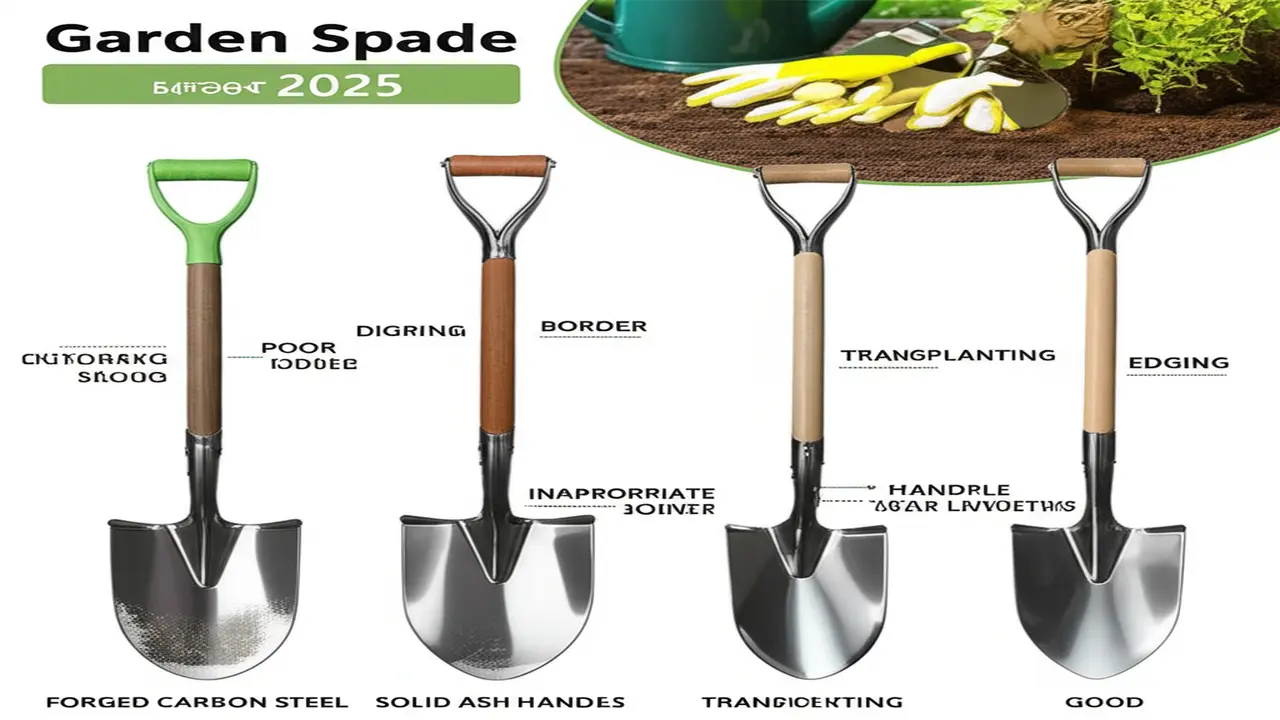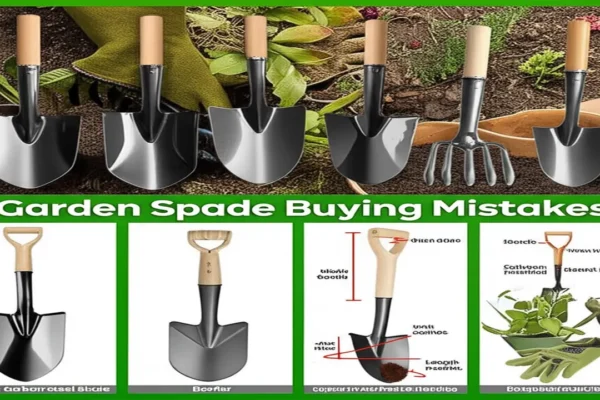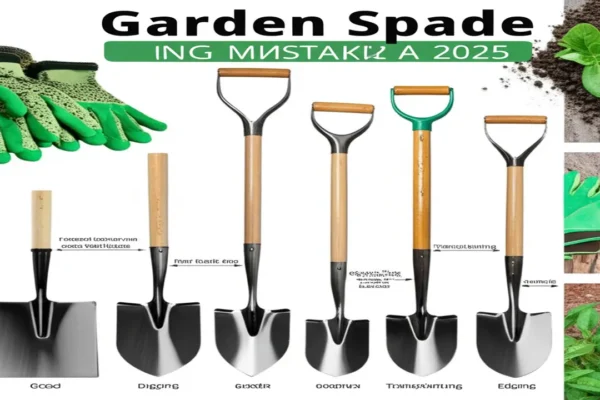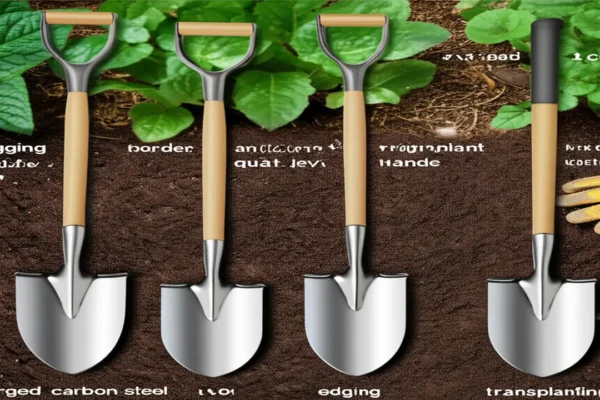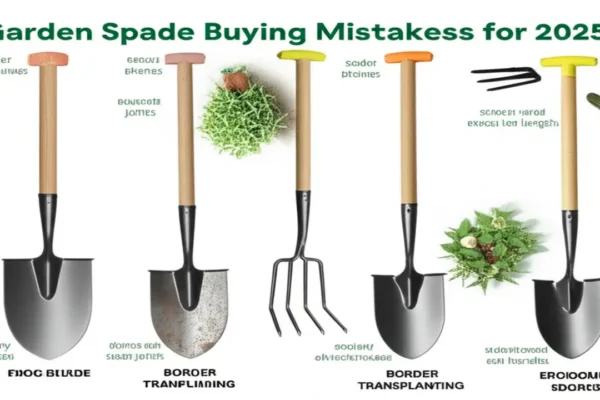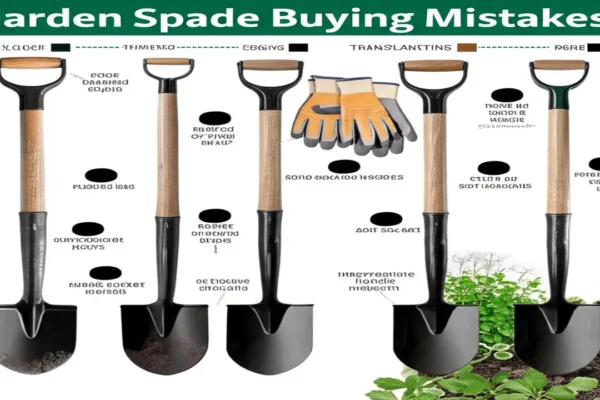Hand Cultivator Raised Beds: Ultimate Guide for 2025 Gardeners
For gardeners embracing raised beds in 2025, hand cultivator raised beds tools have become indispensable allies in maintaining soil vitality and optimizing plant growth. Raised beds offer a distinct environment that demands precision tools designed to work within confined spaces while supporting soil health and effective weed management. This comprehensive guide delves into the essential roles that hand cultivators play in raised garden bed care, detailing tools, techniques, and selection criteria to help you cultivate flourishing gardens.
I. Introduction: Why Hand Cultivators are Essential for Your Raised Bed Garden
A. The Unique Environment of Raised Beds
Raised beds create a controlled soil environment characterized by intensive planting and reduced soil compaction. Unlike traditional gardening plots, they offer enhanced drainage and warmth, which promote robust plant growth, while accessibility from all sides simplifies garden management. The confined space and tailored soil blend in raised beds create conditions where conventional large gardening tools fall short, necessitating specialized hand tools.
B. The Indispensable Role of Hand Cultivators
Large tools often disrupt raised bed soil structure excessively or cannot maneuver effectively within their limited confines. Using hand tools for gardening designed specifically for raised beds allows for precision, control, and minimal disruption. Such cultivators empower gardeners to aerate soil, manage weeds selectively, and prepare planting areas with care, preserving soil layers and microbial life. This hands-on approach aligns with sustainable gardening principles, minimizing soil disturbance for long-term health.
C. What You’ll Learn
This guide will cover types of hand cultivators, practical usage techniques, selection criteria tailored to various raised bed scenarios, and the benefits these tools bring to soil aeration in raised beds, weed control, and plant development.
II. Understanding the “Why”: Benefits of Using Hand Cultivators in Raised Beds
A. Optimal Soil Health Maintenance
Hand cultivators are vital for maintaining soil quality by enhancing aeration, which improves oxygen exchange crucial for root respiration, without compacting soil. They enable gardeners to integrate nutrients effectively by mixing compost and fertilizers into the soil uniformly. Additionally, breaking crusted soil surfaces with gentle cultivation improves water infiltration, crucial for raised beds prone to drying.
B. Superior Weed Control
The precision of hand cultivators facilitates targeted removal of unwanted plants. Unlike heavy machinery or broad cultivation methods, these tools enable shallow, selective weeding that spares desirable plants and soil structure. Regular light cultivation discourages weed seed germination, reducing the dependence on herbicides and promoting an organic gardening approach.
C. Enhanced Planting & Growth
Preparing detailed seedbeds and planting holes is more manageable with hand cultivators, allowing for tailored soil loosening that supports root penetration and nutrient uptake, which fosters vigorous growth.
D. Ergonomics & Accessibility
Working within raised beds requires tools suited to the limited space and height. Hand cultivators reduce the need to bend excessively, cutting down on back strain. For gardeners with limited mobility, they provide a manageable and comfortable gardening experience.
III. Decoding the Tools: Types of Hand Cultivators Best Suited for Raised Beds
Each type of hand cultivator fulfills specific roles within raised bed care, balancing versatility, precision, and ergonomic design.
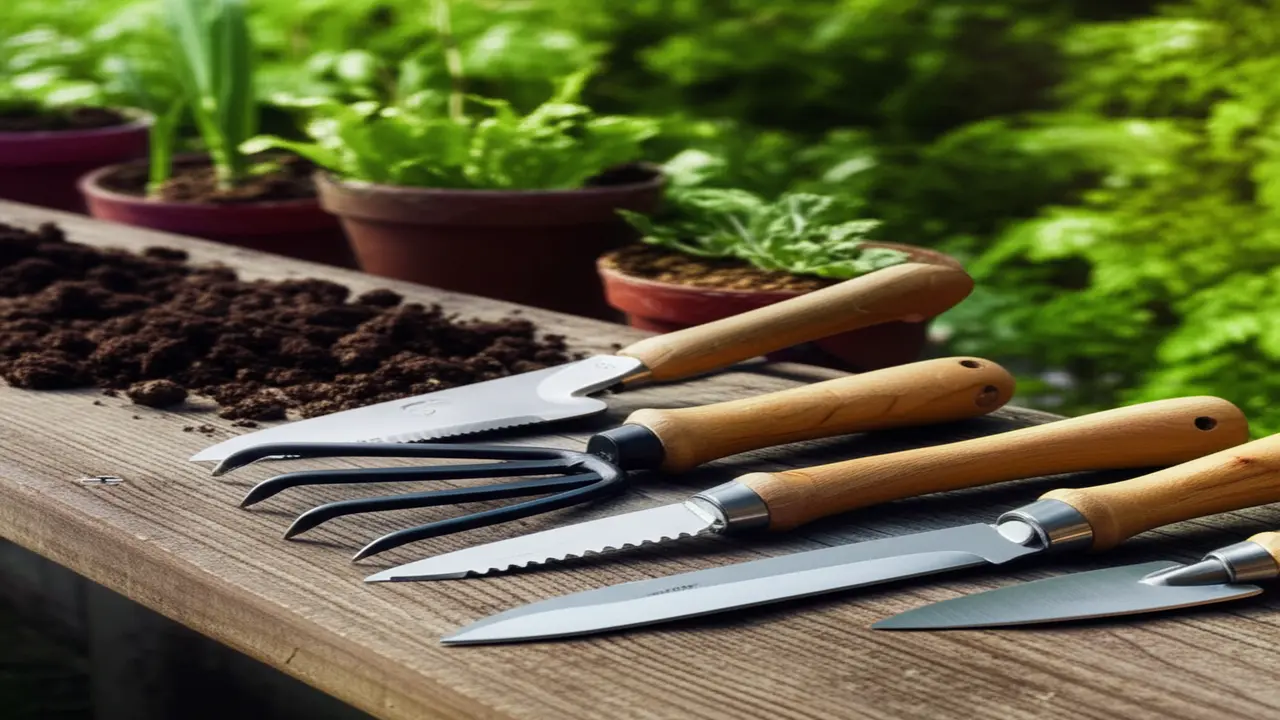
A. Claw/Tine Hand Cultivators
Claw cultivators typically feature 3 to 5 curved or straight metal tines attached to comfortable handles. Their primary applications include light soil aeration, amendment mixing, weeding, and preparing seedbeds. They provide versatility and ease of use though can struggle with compacted soils requiring more leverage. For example, gardeners use them to fluff soil for root crops like carrots or to disturb young weed seedlings before they take hold.
B. Hori-Hori Knives as Multi-Purpose Cultivators
The Hori-Hori knife stands out as a multitasking tool with a serrated edge, durable blade, and measurement markings. It excels in precision tasks such as removing stubborn weeds, planting bulbs, and dividing perennials. Though not suited for large-scale cultivation, its adaptability is invaluable for close-quarter work in raised beds, such as weeding between lettuce rows or planting tomatoes with accuracy.
C. Hand Hoes (Small & Specialized)
Hand hoes come in various forms—collinear, stirrup, Dutch, or weeding hoes—optimized for shallow weeding, shaping raised beds, and cultivating paths. Their efficiency lies in surface soil management, making them excellent for skimming out weeds or creating shallow seed furrows. However, they are less effective for deep soil aeration.
D. Hand Weeding Forks/Tools
Specialized tools like dandelion weeders or Cape Cod weeders allow gardeners to extract taproot weeds with precision, loosening soil around roots without damaging nearby plants. These cultivators offer targeted tools for specific tasks like removing invasive bindweed or preparing soil for transplanting delicate seedlings.
E. Small Digging Forks / Broadforks (Mini)
Miniature versions of broadforks and digging forks feature short handles and compact tines, enabling deeper soil aeration and breaking up compaction layers in raised beds. Though heavier and needing more effort, these tools are essential for deep cultivation tasks like gently harvesting root crops or loosening soil after heavy rains.
IV. Mastering the “How”: Techniques for Using Hand Cultivators in Raised Beds
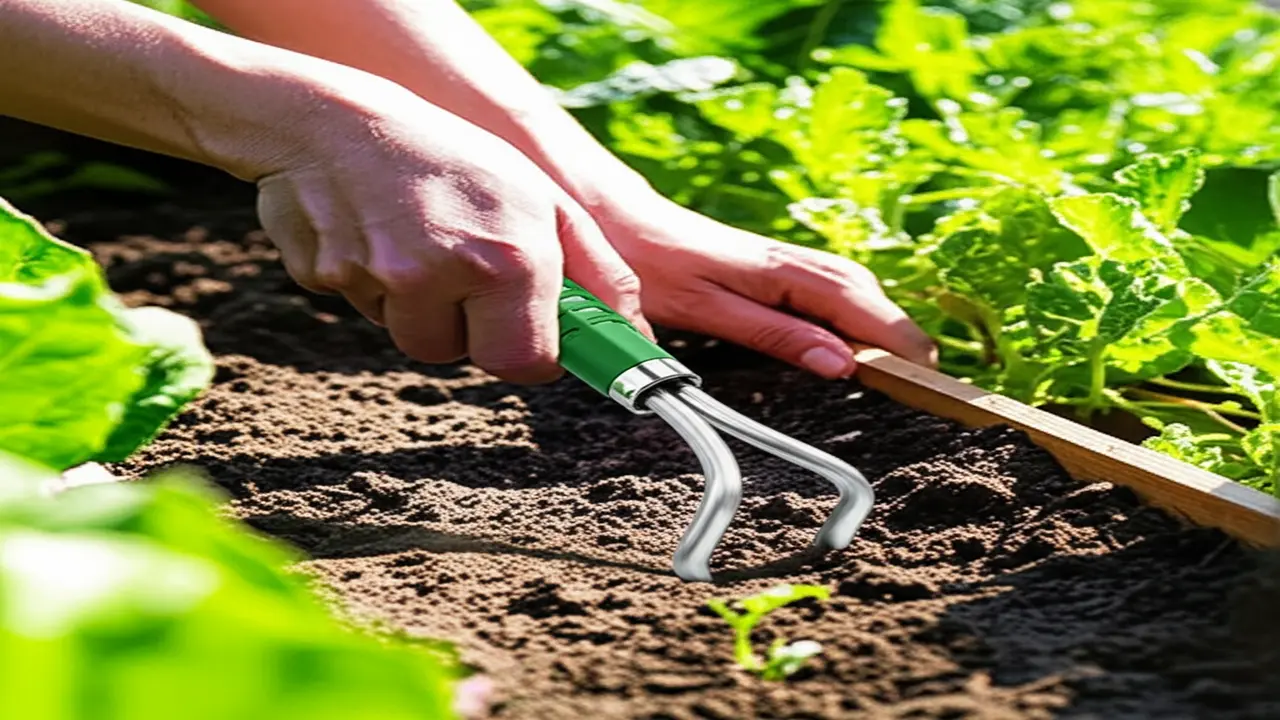
A. Soil Aeration & Preparation
Before planting, use hand cultivators to gently loosen the soil for seedbeds and transplanting. Frequent light cultivation maintains topsoil structure, preventing compaction caused by foot traffic. Adopting a light touch preserves beneficial soil organisms and the integrity of raised bed soil layering.
B. Effective Weed Management Strategies
Target shallow cultivating efforts at young weeds to keep them from rooting deeply. Differentiate tools: use forks for taproot weeds and claws or hoes for fibrous types. When weeding near established plants, exercise care to avoid root damage while clearing competitors.
C. Incorporating Amendments & Fertilizers
Hand cultivators aid in evenly mixing compost, manure, or granular fertilizers, ensuring that nutrients penetrate the soil uniformly and remain accessible to plant roots.
D. Creating Planting Rows & Hills
Using the pointed or flat edges of cultivators, gardeners can form precise planting rows and hills, enhancing plant spacing and irrigation efficiency.
E. Ergonomics & Body Mechanics
Choose cultivators with handle lengths matched to the raised bed height to maintain comfortable posture. Hold the tool firmly but relaxed to reduce fatigue, and alternate tasks to prevent repetitive strain.
V. Choosing Your Perfect Partner: Selecting the Best Hand Cultivator for Your Raised Bed
A. Key Factors to Consider
Material quality matters deeply: stainless steel tools resist rust and last longer, while carbon steel offers sharpness but may require more maintenance. Ergonomic handles crafted from wood or composites enhance grip comfort and can reduce fatigue. Tine design impacts performance; consider number, shape, and sharpness relative to your soil type and tasks. The tool’s balance and weight are crucial for prolonged use without strain. Finally, factor in your budget while balancing durability and effectiveness.
B. Recommendations for Specific Raised Bed Scenarios
Urban gardeners with small balcony raised beds benefit from lightweight, multi-purpose cultivators that combine efficiency with compactness. Larger scale beds for production may require sturdier tools or sets that include specialized cultivators. Raised beds dedicated to root crops need cultivators suitable for deeper soil work, while beds focused on leafy greens may prioritize surface weeding and gentle aeration. Personal preference for multi-tools versus specialized implements guides choice as well.
C. Top Hand Cultivators for Raised Beds (Editor’s Picks)
After extensive evaluation, several hand cultivators stand out for their design, reliability, and versatility. Some feature stainless steel claws with ergonomic handles for ease of use; others integrate the Hori-Hori knife’s multi-functionality. Tools vary by brand and price point, each with specific pros and cons that gardeners can match to their unique raised bed contexts.
VI. Longevity & Complementary Practices: Maintaining Your Tools and Your Raised Bed Soil
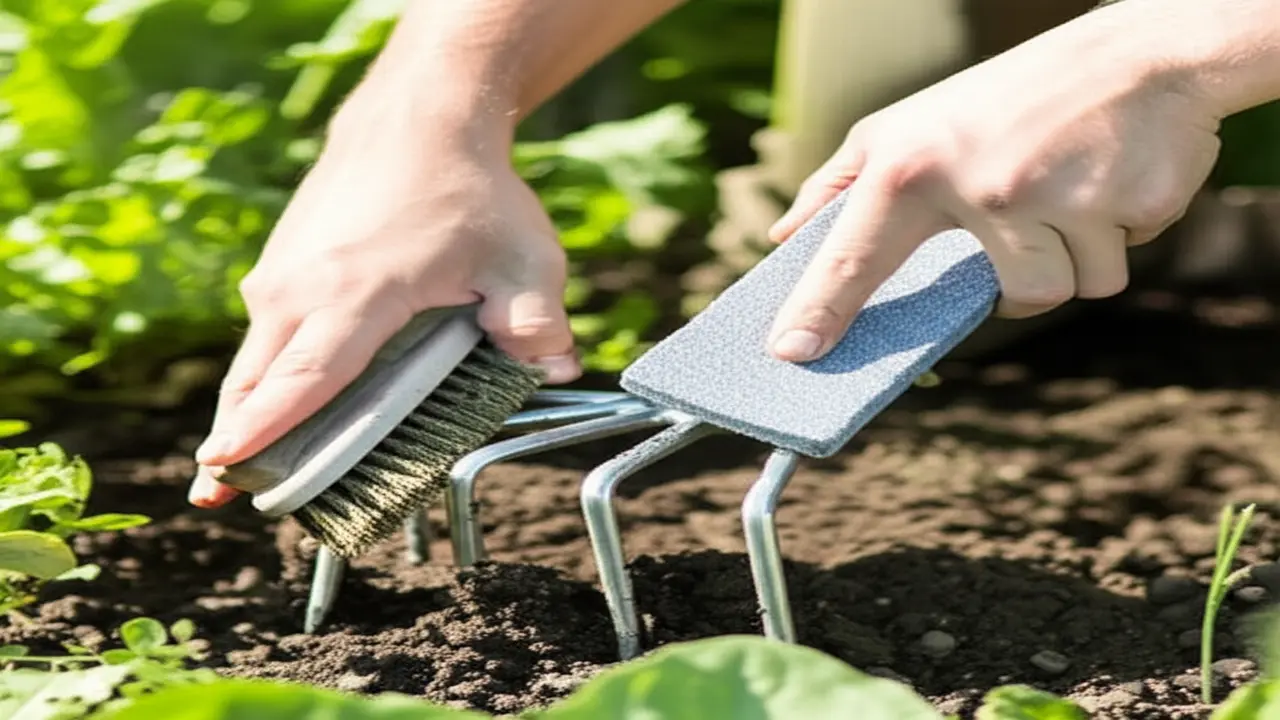
A. Tool Care and Maintenance
Post-use cleaning is essential: remove soil particles and sap buildup to prevent corrosion and maintain functionality. Regular sharpening of metal parts keeps edges effective for precise cultivation. Store tools in dry, ventilated areas to avoid rust and damage, extending their useful life.
B. Integrating Hand Cultivation with Soil Health
Hand cultivation complements sustainable soil management practices including mulching to control weeds and conserve moisture, incorporating fresh compost and organic matter to bolster fertility, and employing crop rotation and cover cropping to deter pests and replenish soil nutrients. Strictly adhering to no-step policies in raised beds minimizes soil compaction, preserving structure for root development.
VII. Conclusion: Empowering Your Raised Bed Gardening with the Right Tools
Hand cultivators are vital companions in raised bed gardening, offering targeted control over soil health, weed management, and planting precision. Equipped with the right tools and techniques, gardeners can nurture productive, healthy beds while minimizing work strain and environmental impact. Dive into hands-on experience with these cultivators and watch your raised beds thrive.
For further expert tool insights, explore our detailed articles on best garden spades and pruning shears to complement your gardening toolkit.
VIII. Frequently Asked Questions (FAQs)
- Q1: How often should I cultivate raised beds?
- Regular light cultivation every 1-2 weeks is recommended during the growing season to prevent weed growth and maintain soil aeration without disturbing roots excessively.
- Q2: Can hand cultivators break up compacted new beds?
- Hand cultivators can improve surface compaction but may struggle with deeper hardpan layers. For severe compaction, consider using mini broadforks or mechanical aerators first.
- Q3: Should I choose long-handled or short-handled cultivators?
- Short-handled cultivators offer precision for raised beds, especially where space is limited, while long-handled tools reduce bending but may lack maneuverability in confined raised bed areas.
- Q4: What is the difference between a hand cultivator and a trowel for raised beds?
- While trowels are primarily for digging and planting, hand cultivators focus on soil loosening, aerating, and weed removal, making them complementary tools in garden care.
- Q5: How do I choose rust-resistant hand cultivators?
- Select tools made from stainless steel or those coated with rust-resistant finishes, and maintain them with regular cleaning and dry storage to maximize durability.
For authoritative guidance on raised bed hand tools, resources like the University of California Agriculture and Natural Resources and the Gardener’s Supply Company offer expert advice and product recommendations.

